According to the Centers for Disease Control (CDC), about 66 percent of the more than 63,600 drug overdose deaths in 2016 involved an opioid.
In addition, the CDC reports that the number of overdose deaths involving opioids (including prescription opioids and illegal opioids like heroin and illicitly manufactured fentanyl) in 2016 was five times higher than in 1999.
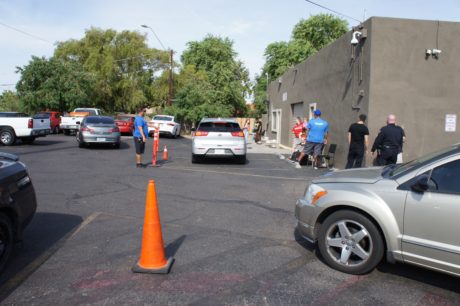
Rico Hernandez, left (in blue shirt) and Joseph Delgado, right (in blue shirt), both staff members from the Community Medical Services outpatient addiction treatment clinic at 23rd and Northern avenues, help direct the steady flow of traffic for patient drop-off/pick-up, while an off-duty Phoenix police officer patrols the area (photo by Teri Carnicelli).
As federal and local governments try to figure out how to combat the crisis, private companies are investing in clinics to offer treatment to these primarily heroin addicts, and because of the widespread nature of this addition, business for these companies is booming.
One Scottsdale-based company, Community Medical Services (CMS), wasn’t prepared for the number of clients it would see at an outpatient addiction treatment clinic it took over a few years ago at 23rd and Northern avenues. The huge influx of new clients not only overwhelmed the clinic but impacted the adjacent neighborhood as well.
And that’s where this story really begins.
A task force made up of state, city and neighborhood leaders, along with representatives of CMS, has been meeting to address concerns about the methadone clinic at 23rd and Northern avenues.
Currently there are very few, if any, specific city or state zoning regulations when it comes to the location of these types of treatment facilities. Unlike medical marijuana dispensaries, which have several layers of zoning regulations, these so-called “methadone clinics” can exist anywhere there is an already present C-2 zoning—and nothing prevents them from operating 24-7, as the Northern Avenue clinic began to do in November last year.
But State Sen. Kate Brophy McGee hopes to see that lack of regulations changed in the next legislative session.
And City Councilwoman Debra Stark, who represents the Sunnyslope area, also wants the city to take a closer look at the zoning code to see if something can be added to more closely regulate this growing for-profit industry that serves those suffering from addiction.
Overwhelmed
At its peak, the CMS clinic was seeing about 1,800 patients a day. The two small parking lots couldn’t accommodate the continuous flow of contracted vehicles (mostly through Veyo) dropping off and picking up clients, and the inside waiting room would become overflowing, with patients waiting outside, sometimes along the sidewalk or at nearby businesses.
The result of such a mass of people in a relatively small area was felt immediately by adjacent residents and business owners. Hillary Rusk, who is an active member of the Royal Palm Neighborhood Association, heard complaints of loitering, trash, people dealing drugs on their property, Veyo drivers using other businesses’ parking lots, jaywalking, and more.
“Consider that other methadone clinics are not causing these problems where they are located; they cap their patient numbers, they don’t have parking or traffic issues, they have room for indoor waiting,” Rusk said in a post on the Nextdoor.com online platform. “If this clinic was just like any other medical facility, no one would even know that it is a methadone clinic. That is the way it should be.”
Nick Stavros, CEO of Community Medical Services, admits there were some very public failures at the 23rd Avenue and Northern clinic, but that he and his team are working hard to get those issues fixed. “We had no idea it was going to explode like that. It’s been really hard to dig ourselves out of this. We don’t want to turn anyone away, but it has been overwhelming.”
Going 24-7 late last year brought in more clients than expected in the overnight hours. Currently meds are administered between 4:30 a.m. and 11:30 p.m., and then again from 1 to 8 p.m. Monday through Friday, and 5 a.m.-2 p.m. on Saturdays and holidays that fall on a weekday. Intake hours, which can involve blood tests and other drug screenings, signing up for services and processing insurance, are 24-7, either by appointment or via walk-in.
But it’s the flow of patients that begins at 4:30 a.m. that had grown to a breaking point for the clinic and the adjacent community.
“We are trying to bring in more support and find solutions,” Stavros said. “We just purchased the lot to the south of us and will be expanding our parking lot for better traffic flow.”
While security was previously provided by a contractor during the day, and by off-duty Phoenix police officers overnight, as of mid-August CMS is working exclusively with the Phoenix Police Department, with off-duty officers in uniform, on-site, 24 hours a day, in eight-hour shifts.
CMS has submitted a plan to the city’s traffic engineer about connecting the two parking lots and changing the flow of traffic to keep it from backing up onto the street. There also are two staff members who stay in the larger south parking lot to help direct the flow of traffic.
But perhaps the biggest impact has come from a CMS clinic that opened in late July at Glendale and 51st avenues. More than 400 clients already have had their cases transferred there from the Northern Avenue clinic, with a total of 500 expected to be transferred by the end of September..
Another clinic is tentatively scheduled to open in October near 27th Avenue and Indian School Road.
But additional clinics will be needed, not just to ease the burden at the Northern Avenue clinic, but to accommodate the large number of addicts seeking treatment in Phoenix. And, Stavros, said, particularly in the nearby Sunnyslope community.
A clinic in the ’Slope?
“We mapped out addresses of existing patients who go to the Northern Avenue clinic, and the largest concentration, outside of the I-17 corridor, was from Sunnyslope,” Stavros said.
Stavros calls it a “hot spot” and said there is no question that a clinic there would greatly benefit those in the Sunnyslope community who are seeking help in fighting their opioid addiction. CMS is looking for an appropriate site, and Hatcher Road is on the radar, particularly since there are already social service agencies housed along that roadway, providing a sort of cluster of complimentary services.
Stavros admitted the very public mistakes made at the Northern Avenue clinic have hurt CMS, even as the company is trying to get those fixed. But he emphasized that any new locations will already be designed to prevent those same problems.
His assurances may not be good enough for a community already on edge about these types of facilities, and the perceived clientele they serve.
Gerre Heron, co-chair of the new Hatcher Urban Businesses (HUB) organization, says he is 100-percent against any methadone clinic coming to their area. “This goes against everything we are working toward in terms of revitalizing Hatcher (Road).”
“My business is located in Sunnyslope and I’ve watched my community turn into a cesspool of addicts, crime, halfway houses, and prostitution,” wrote David Hilker, in an open letter to Nick Stavros and CMS. “I know firsthand that crime has increased, as I witness it daily. I don’t want any of your clinics in my neighborhood.”
“It really is a problem; I understand we need to treat these people recovering from addiction, but the neighborhood should not have to pay the price,” said Sen. Brophy-McGee, who lives in Sunnyslope and represents Dist. 28. “We are hoping to present some kind of solution next session with the legislature.
“It is like sober living homes—if they are properly run, you don’t even know they are there.”
And Brophy-McGee, along with Councilwoman Stark—who represents Sunnyslope—both contend that government oversight needs to be created to prevent future negative impacts on neighborhoods.
Moving forward
“Phoenix District 5 Councilwoman Vania Guevara and I are continuing discussions with our Phoenix city attorney to see if there are any ordinance changes the city could look at regarding the zoning/use for these types of facilities,” Stark said. “We will stay on top of this issue.”
The 23rd Avenue & Northern Neighborhood Preservation Task Force met on Aug. 16, and Brophy-McGee reported that, “it was acknowledged by all attendees that Arizona is in the midst of an opioid crisis and a heroine epidemic, and that treatment centers are needed to combat this growing problem and turn the tide. It is imperative that this be done while preserving the safety, peace and integrity of the neighborhoods adjacent to treatment centers.”
She said that officials from AHCCCS (state insurance provider) and Mercy Maricopa (licensing agency) responded that the CMS clinic is now under a remediation plan to reduce the volume of patient traffic and Veyo traffic. The goal is to reduce from 1,800 patients per day to 240 per day, with corresponding transport reductions, within the next six months.
AHCCCS will provide frequent updates to the Task Force regarding patient census, which will be shared with the neighbor leaders. But it may come as a surprise to those leaders how many of the clinic’s clients are from those very neighborhoods they represent.
Stavros said that “people have a pre-conceived idea of who these ‘addicts’ are—but in reality, it’s everyone”—stay-at-home moms, high school coaches, business owners, college athletes. The path to addiction is wide and varied, and can impact anyone, from any walk of life, he pointed out.
“It could be your neighbor, it could be a family member. These are people who live in your community and who are struggling to free themselves from addiction. This is not an ‘us or them.’ This is everyone.”
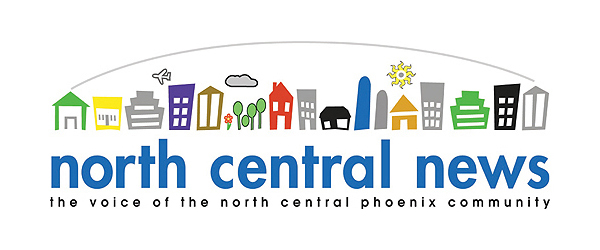
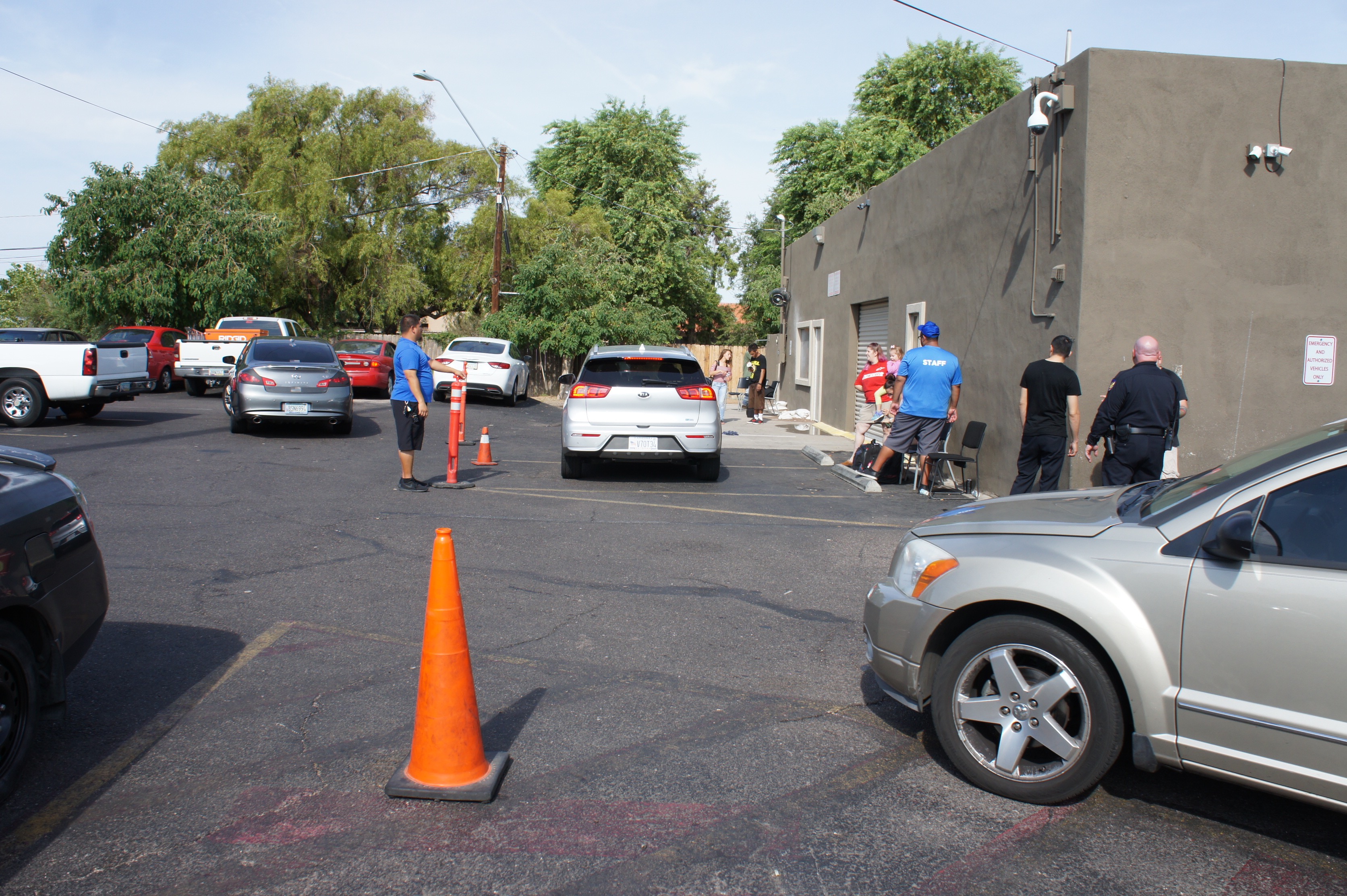
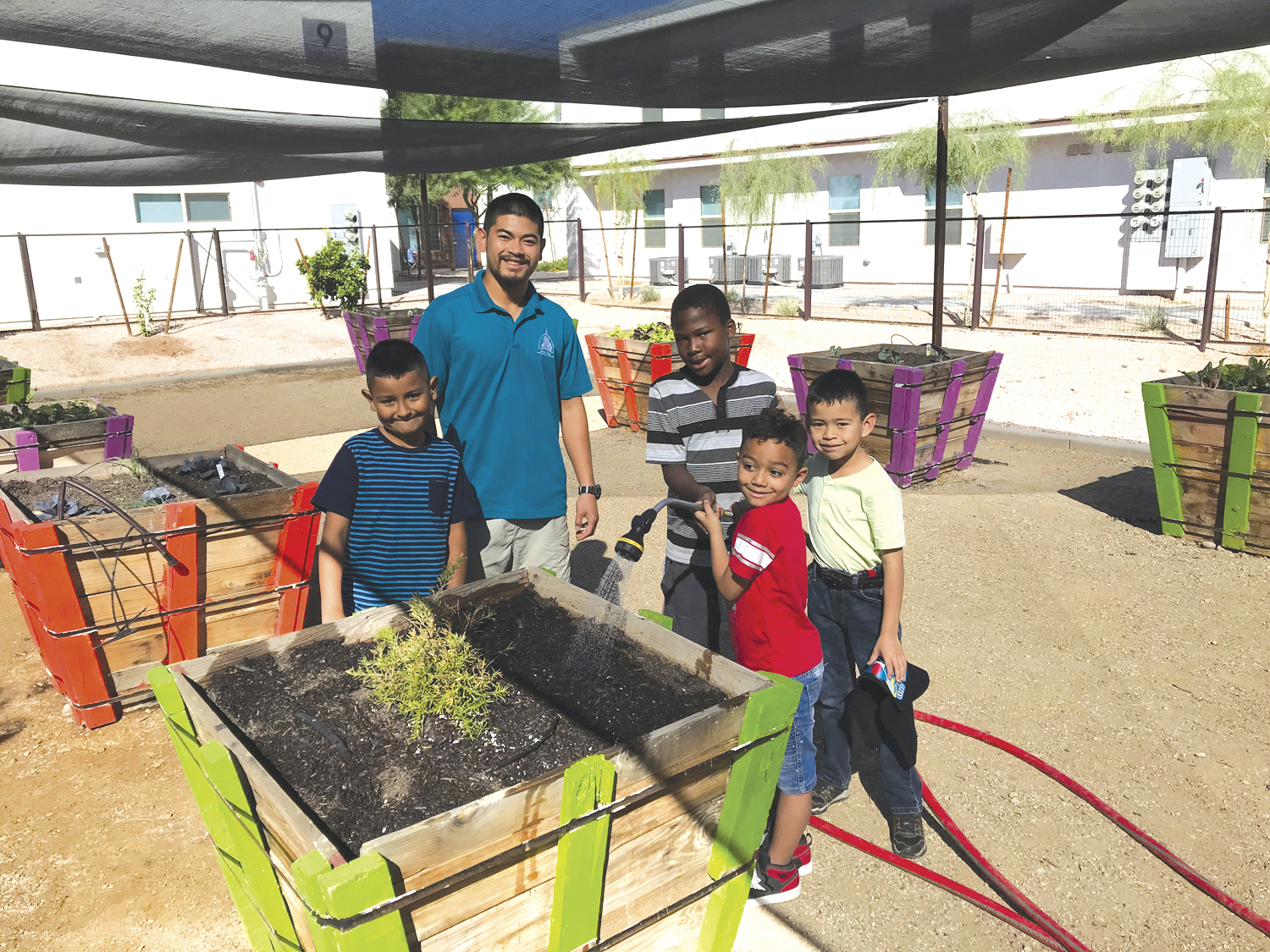
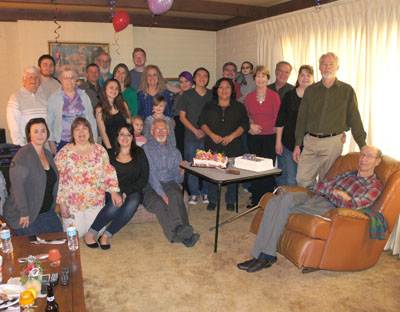
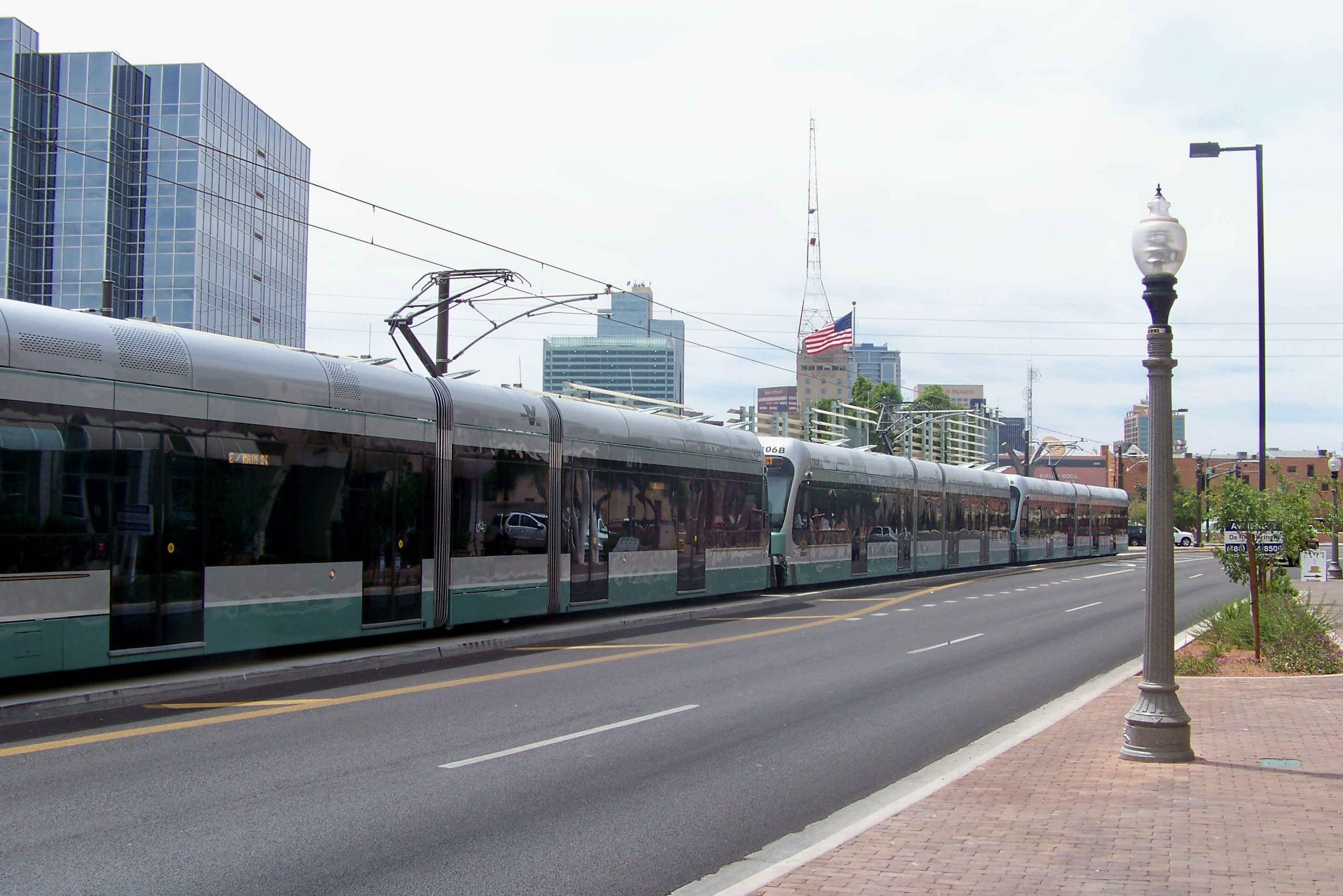
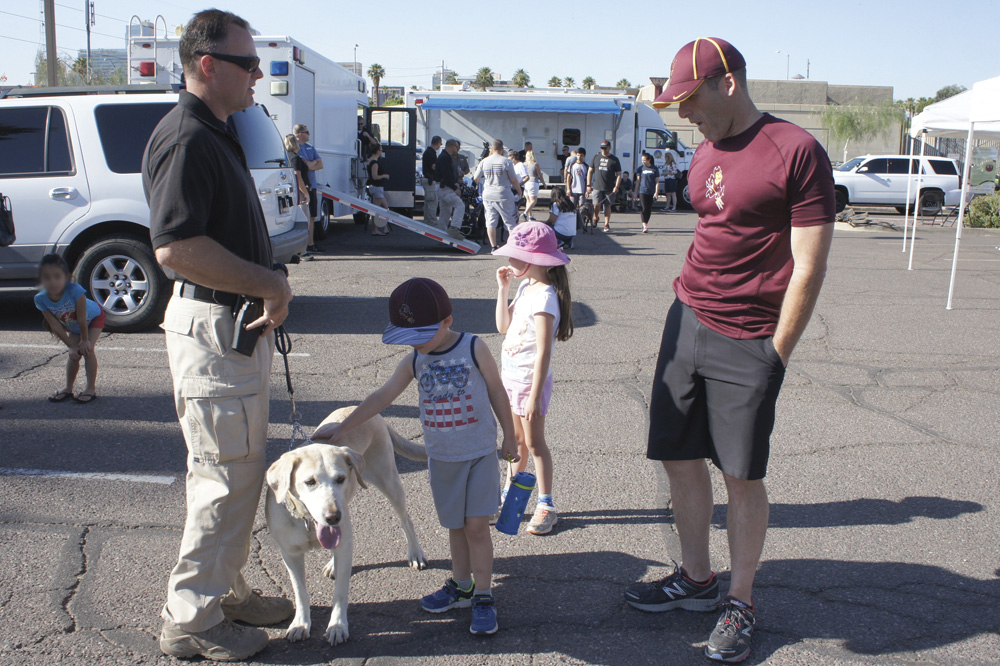
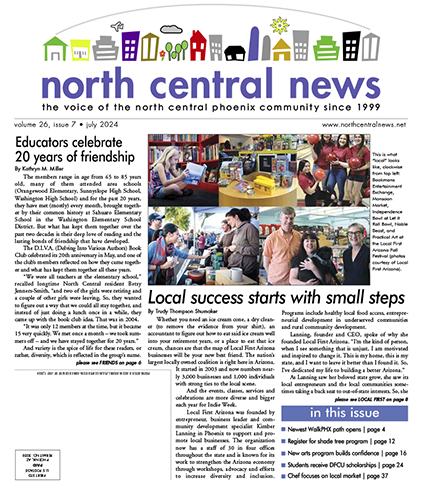

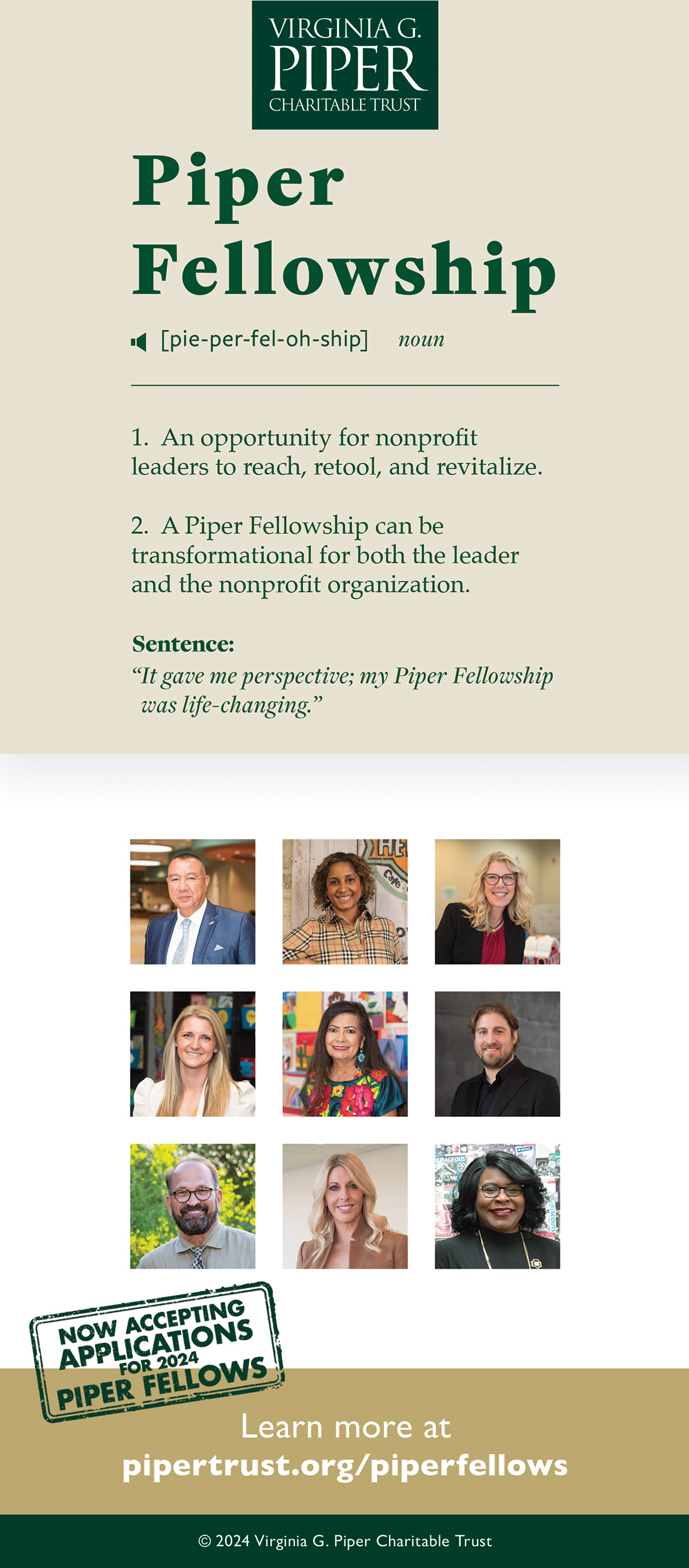


































This really is an outrage! Crime is high, kids can’t even play outside because of all the drug people running the streets. I’m terrified. Close all the clinics and let the druggies overdose. That’s what they want anyway. They are leaches in society, they do nothing. Why let our neighborhoods and children go down for people that want to ruin their own lives.
drug people? what kind of a terribly stereotypical name is that. you sound horribly uneducated, why on earth would you think a drug addict wants to overdose? are you not aware that like, a lot of the people going to methadone clinics are people who strictly took a prescription pill like oxycontin and had no idea of the risk of addiction because the drug companies falsely claimed they werent addictive. somebody like my grandmother, who at 75 years old and been taking percocet for years, unaware of the insane power that pill had on her, decided to stop and go to a methadone clinic. or somebody like me who had a 4 year addiction to heroin but realized I was better than that and enrolled at that very clinic on 23rd and northern and actually kicked that garbage. I still go, have been going for years, have been clean for years, and absolutely support a methadone clinic in sunnyslope. you need to educate yourself lady, don’t be unnecessarily disrespectful.
Hey. I current go to a Methadone clinic. I’ve been going there for about 3 years now and I’ve been clean and sober for almost 2 and a half years. There are people who actually want to turn their lives around just like me. The chaos and destruction I witnessed scared me enough to the point to where I want it in my life NO more. So don’t think everyone who does or once did drugs can’t change.
I certainly agree strongly with Julie’s reply! Just because people make the WRONG choices, why do WE the tax payers (who do not indulge in this way of coping or living) have to foot the bill out of our hard earned money to pay for their care and rehab with a methadone clinic in family neighborhoods??
We are also being kicked twice in the seat of our pants with these “clinics” being smack dab right in the middle of our back yards so to speak, because not only are we the tax payers footing their rehab bills, they are causing crime in our areas to drastically increase as well! It’s a documented FACT that our crime rate has increased by a BIG margin due to the light ( AKA BLIGHT RAIL) and this clinic!! We as a beautiful upscale neighborhood are fighting back to take our neighborhoods back!!!!
We all live here and some for generations, but change has swept through our area neighborhoods with crime, dealing with the filth, needles, and garbage and yes their “human waste” they leave in the alleys and everywhere else! We are afraid and we will not allow this to drain what we all have worked so hard to achieve in a honest way! We have a say in what happens and goes on in our neighborhoods! We will band together to fight this with all the guts and glory we have! It’s our homes, their values, our families and our community, we will fight to win this back and feel and BE SAFE to live our lives in freedom free of all this attack that has now come to plague our streets‼️ Our “village” just got stronger and more united in our fight against that which we know is not right‼️
I live down the street from that horrible mess on northern. I am demanding that it is shut down and relocated Immediately. Sick and tired of the mass of traffic and junkies leaving their trash and crap around and flooding the neighborhood with sketchy people which is ALREADY BAD because of homeless junkies. Lawyers for the homeowners in this neighborhood are going to be interviewed.
Yikes! I only just moved to Phoenix (Points Tapatio community) 6 months ago and it is definitely alarming to read how an irresponsible decision by CMS has had such a devastating effect. I have seen areas next to my new home that are less appealing and I’m not naive to the likelihood that certain characters I see on the street are involved with drugs. It’s a sad, frustrating and complicated issue to address but I’m shocked by the misanthropic comments wishing these conflicted and struggling members of our community to overdose?! I am not advocating for a clinic to be built on my street corner or to have any clinic be run the way CMS’ failure at Northern but our concerns and fears shouldn’t make us the monsters we think we see on our streets. Is that my only alternative? There are more of us who want to keep this neighborhood a safe place for families and business than there are drug addicts. I wish there was a solution that didn’t involve vilifying the struggling members of our community but rather encouraged or strengthened education early on to curb the substance abuse cycle.
I am a patient at a methadone clinic. It does not get me high. I’m an addict and I didn’t choose to be one. In fact no one wants to be an addict. It’s a horrible existence. I’m hurt that you say I should just go die. I attend a methadone clinic. I served in Afghanistan and lost both my legs and part of my left hand. Of course I was put on heavy duty pain killers for years. When the time came for me to come off them I checked myself into rehab to come off them. I suffered seizures due to the withdrawal and died. I was resuscitated at a nearby hospital. I’ve tried to come off the opioids countless times; more than I can count. Withdrawal symptoms include tactile sensations that many addicts describe as the feeling bugs burrowing through your skin, vomiting, hot flashes, profuse sweating, restless leg syndrome, twitching, convulsions, inability to drink water or eat without vomiting, joint pain, minor hallucinations, inability to hold your bowels, heart palpitations, high blood pressure, and a deep depression that makes you wish you were dead and these are just a small fraction of what symptoms occur. These symptoms can last years and years due to Post Acute Withdrawal Syndrome (PAWS.) So people take more opioids so they don’t have to feel like they’re dying or wanting to commit suicide. I feel so much shame everyday because of what those heavy duty painkillers turned me into. I face the stigma all the time. 80% of opioid addicts became addicts because a doctor treated a very real medical issue such as mine with painkillers. Nearly all addicts are victims of trauma ranging from physical disability to PTSD and depression in my case to victims of rape, sexual assault, child abuse (I was kept in a dog kennel as a child by my mother from ages 4-9 and lived in my own excrement and was fed dog food because my mother deemed me a “dog”) A good friend of mine at the clinic was a victim of “munchausen by proxy,” she was intentionally poisoned by her mother as a child to keep her sick so her mother could get attention for having a sick child. I’m sorry you guys have to deal with trash, but some of us have to deal with a lot more. I harbor no ill will towards you for your comments, but being an addict is a horrific and painful life that you can’t understand unless you experience it yourself. For example: I do not have cancer and as such I am in no position to tell you what it’s like to have cancer, just as you are not an addict and cannot tell me what it’s like to be an addict.
these people have no outwards empathy man, it’s sad to see. a lot of the community is like that. im sorry to hear about all that stuff you went through man, opiates really are no joke.
I am appalled that people can be so cruel and heartless and cruel. I have been on methadone for 5 years now and I’m not embarrassed because i know without it i would probably be dead. I got addicted to pain pills after having several surgeries back to back.and the pain pills were not working anymore so i had to keep taking them